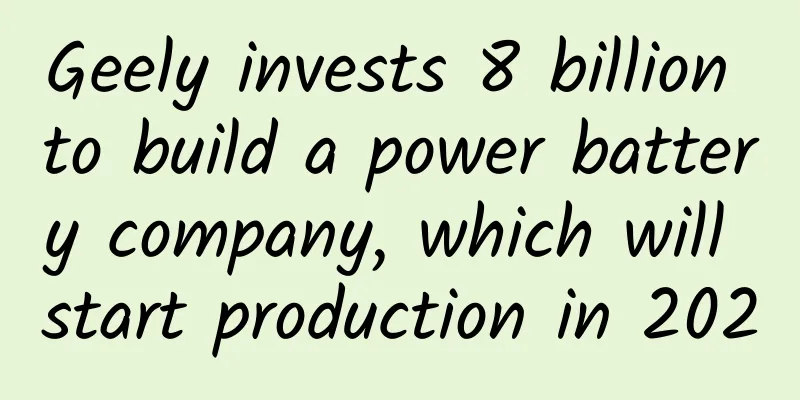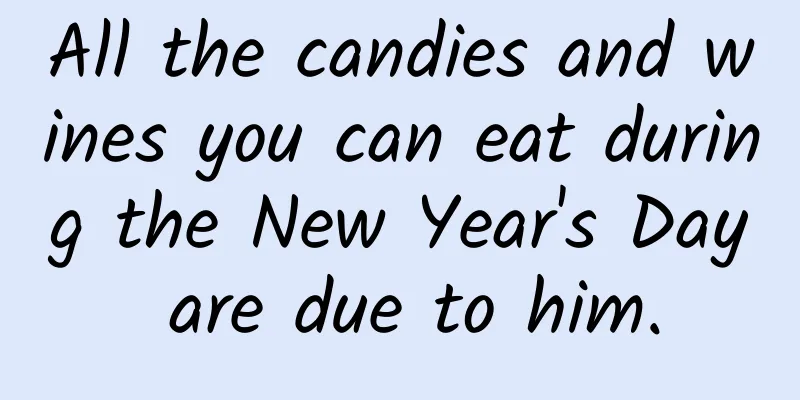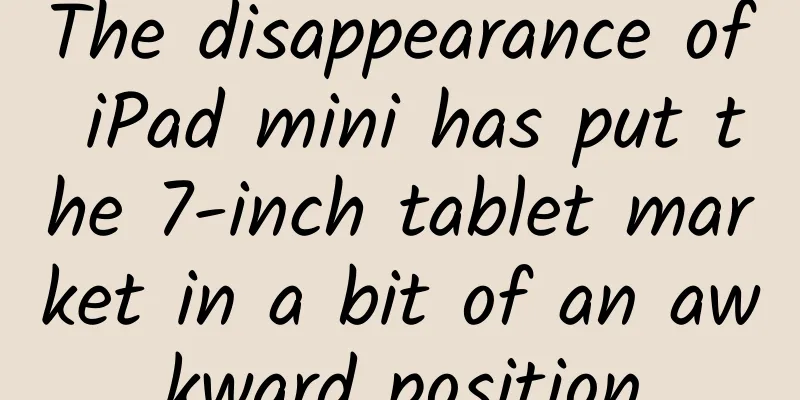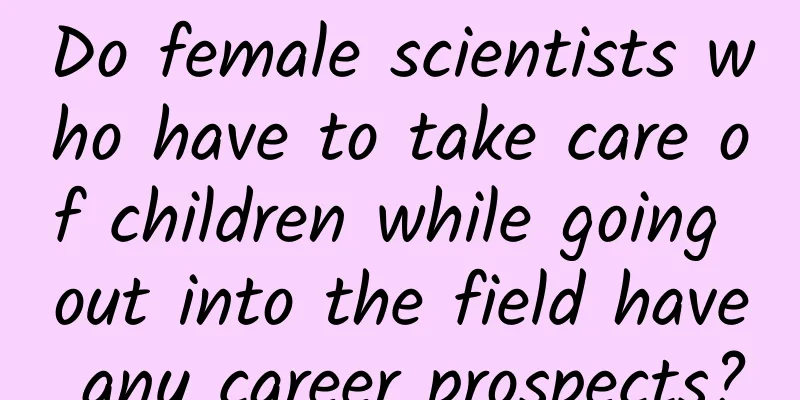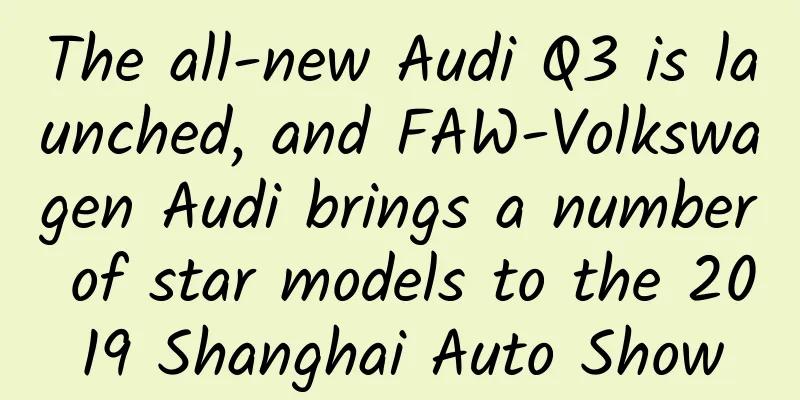The Pacing algorithm behind Facebook's advertising system

|
Last month, Facebook released its eye-popping fourth quarter financial report for 2015, with more than 1 billion daily active users and revenue of $5.841 billion, of which advertising accounted for $5.637 billion. What's more frightening is that 80% of the revenue came from mobile advertising. I once created a marketing page on Facebook. In fact, I got a certain amount of advertising (Campaign) promotion fees from an internal friend. I was surprised at the efficiency of the delivery (too fast, dozens of dollars were gone in less than an hour). Since I have also worked on advertising systems and made many comparisons, Facebook is the industry leader in terms of form diversity, functional completeness, user positioning, real-time, and data analysis reports. The following is their internal analysis of the Pacing algorithm of the advertising system, which is also suitable for beginners of advertising technology. First, some online advertising terminology
Pacing is an algorithm in Facebook’s advertising system that adjusts the pace of spending budgets. An analogy is that of a runner: sprinting too early means running out of energy before the finish line, but sprinting too late may mean you don’t finish the race. Pacing ensures that all advertisers are automatically allocated different advertising budgets under the premise of competition. Pacing is the core component of optimization to maximize the return on investment (ROI) for advertisers. How does Facebook Pacing algorithm work? Let's explain how pacing works with an example. We'll talk about clicks below, but the same idea can be applied to views, conversions, behaviors, reach, etc.
For simplicity, we assume that the current day prices of these opportunities (clicks, impressions, etc.) are known in advance. This allows us to more clearly illustrate the relationship between click price and revenue. These assumptions are based on modeling opportunities generated by goals. Below we use three examples to understand how the Pacing algorithm provides the greatest value to advertisers. Case 1: When there is no Pacing algorithm Without Pacing, advertisers' budgets are consumed in a short period of time at the beginning (potential expensive clicks may occur), competition is fierce in the early stage, and there is no competition in the later stage, resulting in a certain waste of resources. In the following figure, the blue dots represent the opportunities for ads to be displayed, the yellow circles represent ads that win the display, and the red line represents the bid price. As a result, the average cost will be higher, but advertisers will get the most desired delivery based on the ad settings. This is called accelerated delivery. Total advertising cost = $10 Total ad click value = 6 * $5 = $30 Value per click = $5 Budget = $10 Total ad revenue = $30 – $10 = $20 Case 2: Bidding too low In this case, the lowest click price is pursued, but the advertiser's budget is not used up in the end, and the final advertising effect is the worst. Total advertising cost = $4 Total ad click value = 4 * $5 = $20 Value per click = $5 Budget = $10 Total ad revenue = $20 – $4 = $16 Case 3: Equilibrium state under the Pacing algorithm At this point, the advertiser has achieved the maximum number of clicks, gained the maximum revenue, and also used up the daily budget. Total advertising cost = $10 Total ad click value = 7* $5 = $35 Value per click = $5 Budget = $10 Total ad revenue = $35 – $10 = $25 Simple formula From the above example, when we use a stable bid (Pacing) for the entire period of time, the advertiser's value is maximized compared to no Pacing or bidding too high or too low. To achieve its goal, Pacing hopes to propose an optimized bid by learning from other competing ads with the same target users. This is a simple formula. Final bid (per impression) = optimized bid (per impression) * CTR where optimized bid <= max_bid The core of the Pacing algorithm determines the optimal bid, including the feedback system that allows Pacing to record it. CTR is click-through rate. We use the same concept to look at view-through rate (VTR) and conversion rate (CVR). The accuracy of these values will steadily increase and is also affected by various factors, such as ad type, audience, timing, ad context, etc. Importance of Pacing Pacing maximizes advertiser profits under a given budget. It makes advertisers more realistic, and Vickrey–Clarke–Groves (VCG is priced by calculating the sum of the losses caused by an advertiser participating in the auction to other advertisers) auctions, where there is no benefit in cheating the value, and there is no need to think about how much the maximum bid should be set. This can avoid special opportunities in the auction system. Pacing ensures predictable delivery. This stable delivery keeps daily prices stable and helps advertisers gain a fair threshold to their target users. FAQ Q: My ads are not optimized correctly by the pacing algorithm, what could be the reason? A: If the ad is showing normally, there are two reasons. One is that the optimized price is too low. Make sure your bid is within the recommended price range so that you have a chance to win the seat. For competitive audiences, you need to raise the price above the recommended price. Another reason is that the target audience is too narrow. If this ad is over-delivered, you may have a large audience but quickly burn through your budget. Q: How will Pacing be affected when I change my budget? A: Pacing will calculate the new optimal bid, but this process will take some time. The bid during this period is not optimal, so it is recommended not to modify the bid and budget settings frequently. Summary: Pacing is to determine the optimal bid by learning the advertising competition environment within the same audience target. Reference: https://developers.facebook.com/docs/marketing-api/pacing This article was first published on the WeChat public account Teacher Dong in Silicon Valley (ID: donglaoshi-123). Please indicate the source when reprinting.
|
<<: The wolf in the tech world is coming and why it hasn’t come yet
>>: Current state of the wearable market: Apple Watch sales last year reached 11.6 million units
Recommend
Product operation: How to increase the payment rate?
Recently, I occasionally discuss some issues with...
Multi-dimensional exploration of HTML5 technology to create the best application experience and practical sharing
In the golden October, the hazy autumn colors bri...
Scientists discover that plants can actually "talk"?
Poplar leaves rustle when wind blows through them...
The best time to remove formaldehyde is here, so hurry up and save these methods!
Summer is here and the weather is getting hotter ...
4 signs of sudden death, catching them early may save lives
Audit expert: Wang Xin Deputy Chief Physician, De...
What is ketosis? Eating meat makes you thinner?
Audit expert: Shen Yingjian Director of the Nutri...
How does Douyin e-commerce create a hit product?
Today, as the new consumer sector becomes increas...
Ballpoint pen becomes a magical tool: it can secretly take pictures of women's skirts
According to the Shenyang Evening News, CCTV recen...
How to build a Baidu bidding promotion SEM account?
When it comes to promotion, we have to mention &q...
Why do some people eat but never gain weight? Here are some tips to help you develop a "thin body"!
The most enviable physique is definitely the one ...
The event is over, but your work has just begun!
In the Internet age, we are surrounded by various...
New smart home experience: Touch your iPhone to turn on the lights
Beijing time, November 4th morning news, Broadcom...
18 provinces and cities will see high temperatures, with local temperatures in Hebei, Henan and Shandong exceeding 40°C! Please keep this high temperature weather prevention guide
The Central Meteorological Observatory continued ...
Review of NetEase Cloud’s personality dominant color activity!
I believe that everyone has been flooded with Net...
